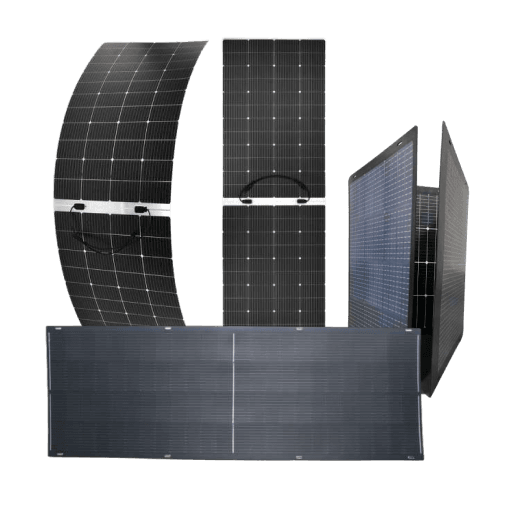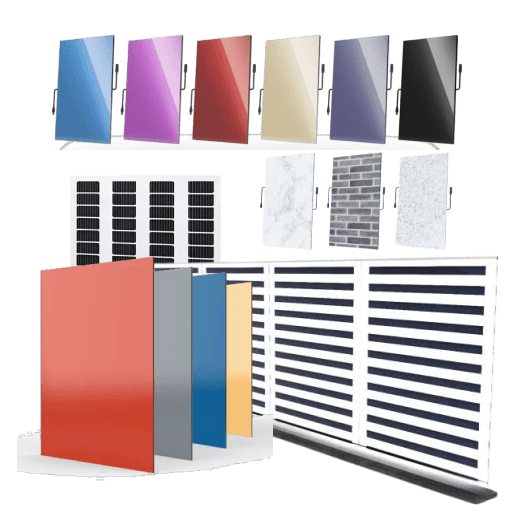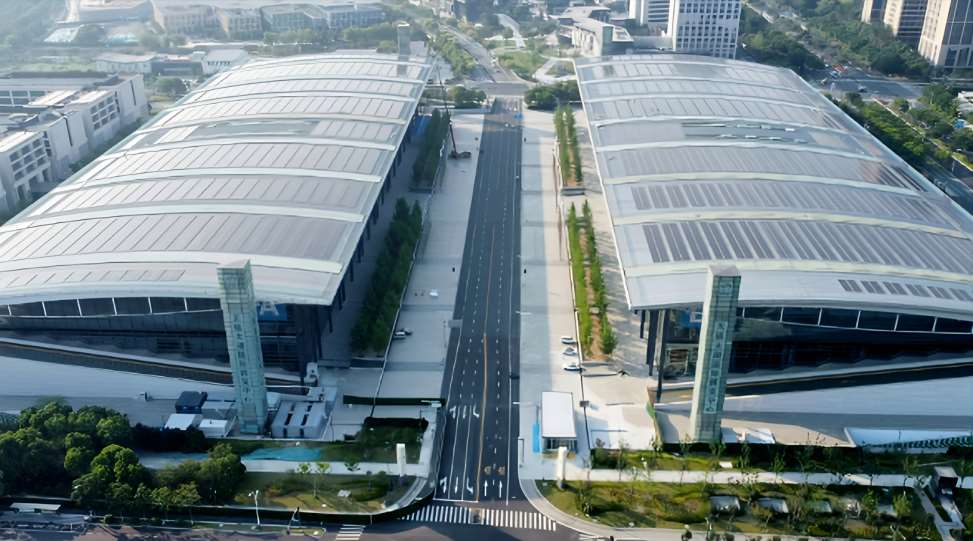BIPV For Industrial Use
BIPV Solutions by Specco2
Specco2 is excited to unveil its new product range, showcasing our dedication to fostering sustainable change and propelling the transition towards a greener future. This innovative lineup represents a significant milestone for Specco2, as we leverage our expertise and resources to develop groundbreaking technologies. Our new products are designed to revolutionize the way the world generates and utilizes clean energy. With this launch, Specco2 is confident in paving the way for a more sustainable and prosperous tomorrow, benefiting both our organization and the global community.
BIPV vs BAPV
Pros and Cons of Both Solutions
The main difference between Building-Integrated Photovoltaics (BIPV) and Building-Applied Photovoltaics (BAPV) lies in how solar technology is incorporated into a building's structure. BIPV systems are seamlessly integrated into the building's design during construction, replacing conventional materials like roof tiles or facades, and are designed to blend aesthetically with the architecture. In contrast, BAPV systems are retrofitted onto existing structures, typically mounted on rooftops or facades, and are more visible and functionally distinct from the building's design. While BIPV offers a more integrated and aesthetically pleasing solution, BAPV provides a practical and cost-effective option for adding solar capabilities to existing buildings.
Cutting Edge Technology
Industrial Deployment

Solar Panels
Solar Flex PV Panels 340W
Solar Flex PV Panels 430W
Solar Flex PV Panels 520W

BIPV Solutions
BIPV PV For façade Transparent
BIPV PV For façade Color
BIPV For Roof (frameless) Transparent
BIPV For Roof (frameless) Black
Introducing BIPV Solar Tiles
Frustrated with the appearance and limitations of traditional solar panels retrofitted onto your building?
Building-Applied Photovoltaics (BAPV) often disrupt the aesthetics and structural integrity of your property, leading to inefficiencies and maintenance challenges.
Imagine the inconvenience of dealing with bulky solar panels that compromise your building's design and potentially cause structural issues. BAPV solutions can be unsightly and may not fully meet your energy needs or aesthetic standards.
Discover Building-Integrated Photovoltaics (BIPV), a seamless solution that integrates solar technology directly into your building's design. BIPV replaces conventional materials with photovoltaic elements, generating clean energy while preserving your building's appearance. Enjoy a sustainable, efficient, and visually appealing energy solution that enhances your property's value.
For Industrial Use
Relying on traditional energy sources can lead to high bills and a larger carbon footprint, with solar panels often disrupting your home's appearance.With Building-Integrated Photovoltaics (BIPV), your home's roof, windows, and facades generate clean energy seamlessly, enhancing aesthetics and efficiency.BIPV integrates solar technology into your home's design, offering a sustainable and visually appealing energy solution without compromising on style.
Roofing Systems: Integrate photovoltaic panels into industrial roofs, transforming large surface areas into energy-generating assets while maintaining structural integrity.
Facade Systems: Equip industrial buildings with photovoltaic facades that generate electricity while providing insulation and protection from external elements.
Canopies and Carports: Install BIPV systems over parking lots or walkways, offering shaded areas for vehicles and pedestrians while producing renewable energy.
Greenhouses and Agricultural Structures: Use BIPV in industrial greenhouses to support plant growth and generate electricity simultaneously.
Noise Barriers: Implement photovoltaic noise barriers along highways or industrial zones, reducing noise pollution and generating clean energy.
Skylights and Atriums: Integrate BIPV into skylights and atriums, allowing natural light to enter industrial spaces while producing electricity.
Curved Surfaces: Utilize flexible BIPV materials on curved industrial structures, such as domes or arched roofs, to maximize energy generation.
Building Entrances and Awnings: Incorporate BIPV into entrance canopies or awnings, providing shelter and generating power.
Aesthetic Integration: BIPV systems blend seamlessly with the building’s design, maintaining or enhancing its visual appeal. Unlike traditional solar panels, BIPV components are part of the building’s structure, ensuring a more cohesive and attractive appearance.
Dual Functionality: BIPV materials serve dual purposes as both building elements (e.g., roofs, facades, windows) and energy generators. This dual functionality maximizes space efficiency and reduces the need for separate solar installations.
Energy Efficiency: By generating clean energy on-site, BIPV reduces reliance on traditional energy sources, lowering energy costs and carbon emissions. This contributes to sustainable living and environmental conservation.
Customization: BIPV systems can be customized to fit various architectural styles and building types, offering flexibility in design and application. This makes them suitable for both new constructions and retrofits.
Increased Property Value: The integration of advanced technology and sustainable features can enhance the overall value and marketability of a property, appealing to environmentally conscious buyers and tenants.
Reduced Maintenance: As BIPV components are integrated into the building structure, they often require less maintenance compared to standalone solar installations, leading to long-term cost savings.
Frequently Asked Questions
BIPV systems allow industrial facilities to generate clean energy on-site, reducing operational costs and carbon emissions. They also enhance the building’s aesthetics and can contribute to achieving sustainability goals.
Unlike traditional solar panels that are mounted on existing structures, BIPV integrates photovoltaic technology directly into the building’s architecture, serving as both a structural element and an energy generator. This integration often results in a more streamlined and visually appealing design.
BIPV can be integrated into various industrial structures, including roofs, facades, canopies, skylights, and noise barriers. It is particularly effective for large-scale facilities with expansive surface areas, such as warehouses, factories, and distribution centers.
While the initial investment for BIPV may be higher due to its integration into the building’s design, it can offer long-term cost savings through reduced energy bills and lower maintenance requirements. Additionally, BIPV can increase the property value and may qualify for government incentives or tax credits.
BIPV systems typically require less maintenance compared to traditional solar installations, as they are integrated into the building structure. Regular inspections and cleaning are necessary to ensure optimal performance, but the overall maintenance burden is generally lower, making BIPV a practical choice for industrial applications.
Interested in our Equipments?
Get in touch.
Enhanced Aesthetics and Functionality
BIPV systems are designed to blend seamlessly with a home's architecture, maintaining or enhancing its visual appeal. Unlike traditional solar panels, which can appear bulky and disruptive, BIPV integrates into roofs, windows, and facades, providing both energy generation and structural functionality. This dual purpose makes BIPV an attractive option for homeowners who prioritize aesthetics alongside sustainability.

